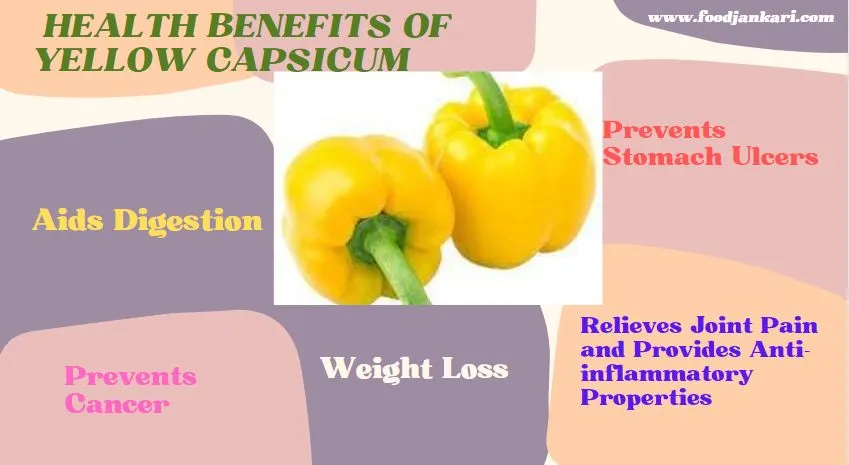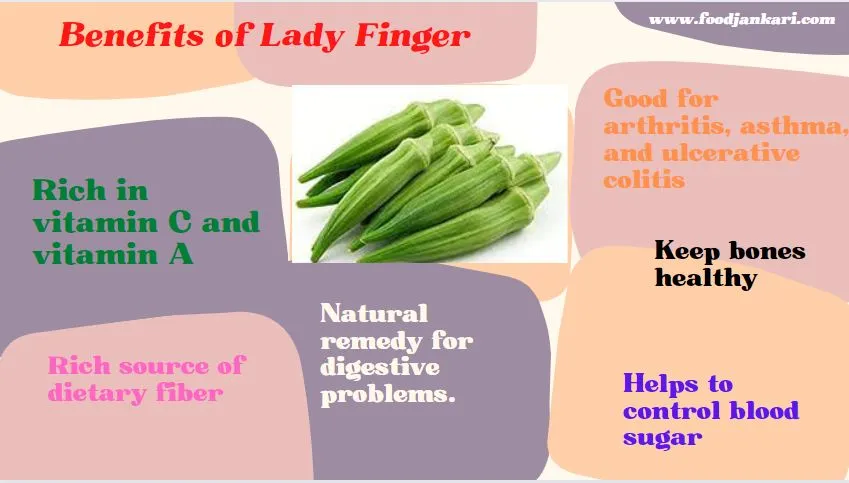Vegetable
HOW MUCH SUNSHINE DO TOMATO PLANTS NEED?
-

 Fruits2 months ago
Fruits2 months agoEating Kiwi At Night Is Good Or Bad?
-

 Nutrition Facts2 years ago
Nutrition Facts2 years agoBenefits Of Eating Dry Fruits At Night
-

 Fruits2 months ago
Fruits2 months agoMosambi (Sweet Lime)- Health Benefits, Nutritional Facts, Calories and Best time to drink Mosambi juice
-

 Nutrition Facts2 years ago
Nutrition Facts2 years agoThe Egg is Veg or Non-Veg
-
Fruits2 years ago
Can We Eat Papaya And Grapes Together?
-

 Health benefits of Juice2 months ago
Health benefits of Juice2 months agoCan We Eat Oranges During Periods?
-

 Fruits2 months ago
Fruits2 months agoIs Eating Grapes at Night Good or Bad? Know the Benefits, Drawback and Grape Snacks
-

 Fruits2 months ago
Fruits2 months agoDiscover the Power of Green Apples: Health Benefits You Need to Know















